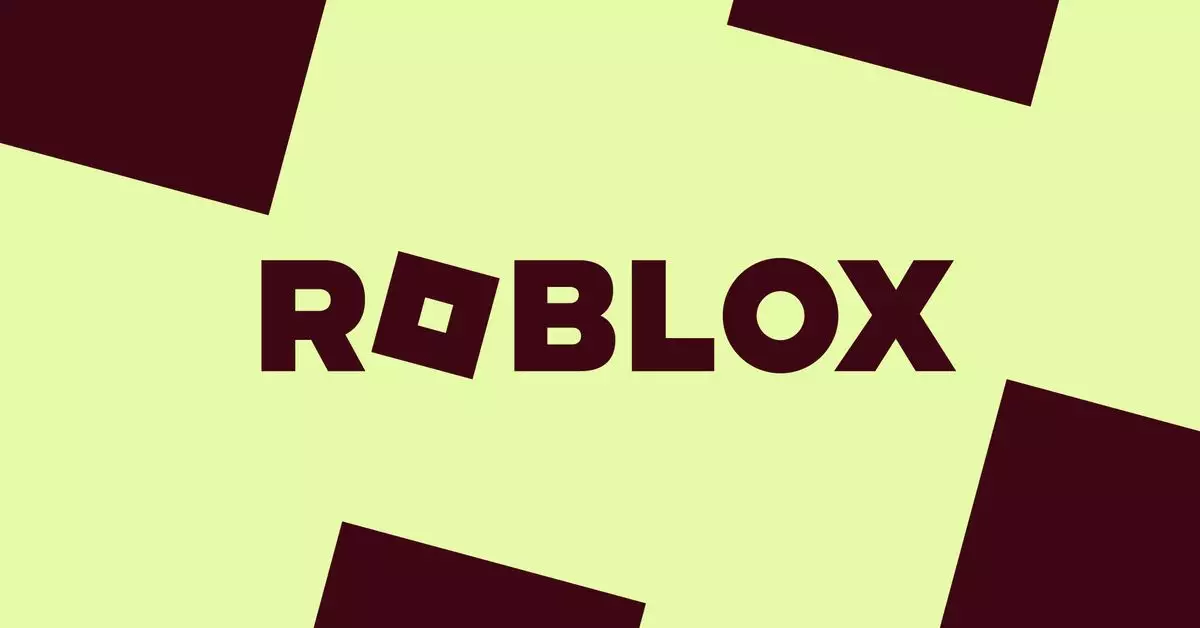Roblox, a platform beloved by millions of young users for its creative play and community experiences, is now taking significant strides to enhance the safety of its youngest players. This move comes in the wake of increased scrutiny over the effectiveness of its existing protection mechanisms. Recent reports have spotlighted the alarming presence of predators and inappropriate content on the platform, drawing criticism from various quarters, including global governance bodies. Subsequently, Roblox has announced forthcoming changes aimed at revising its parental control systems.
The necessity for improved safety protocols became abundantly clear after several incidents highlighted vulnerabilities within the Roblox framework. A notable article by Bloomberg in July exposed the dangers associated with predators using the platform to target children. This grim realization led Turkey to block access to Roblox in August, underscoring the need for urgent action to safeguard minors online. These issues, paired with claims from investment firms regarding the platform’s permissiveness towards exploitative behavior, have prompted Roblox to reconsider its operational systems to protect its user base, particularly children.
In its initiative to enhance child safety, Roblox has announced updates that will impact how users interact with content. According to the new guidelines, users under the age of 13 will now be required to obtain parental consent before being allowed access to certain chat functionalities. This measure aims to thwart potential predation by ensuring that children’s interactions are closely monitored. Similarly, more stringent restrictions will be applied to users younger than 9, requiring parental approval to engage with experiences labeled as having “moderate” content—a designation that includes elements such as mild violence or crude humor. Such steps signal Roblox’s commitment to proactively managing user experiences, particularly for its youngest demographic.
A novel addition is the introduction of parent accounts, which will grant guardians enhanced capabilities in managing their children’s Roblox activities. By linking their accounts with their children’s, parents can set limits, review usage metrics such as screen time, and monitor friends on the platform—all from the convenience of their devices. These accounts are designed to foster dialogue between parents and children regarding online conduct and gaming habits. However, there are caveats to consider: parents will not have the ability to establish a PIN for additional security or impose restrictions that could disable chat functions or limit content access solely to age-appropriate experiences. This aspect raises questions about the overall effectiveness of the parental controls being instituted and whether they may be more symbolic than substantive.
In addition to the activation of parent accounts, Roblox plans to transition from its existing experience guidelines—essentially age-based ratings—to a new content labeling system. This system aims to provide clearer information regarding the nature of content within each experience, allowing parents to make more informed decisions about their children’s interactions. By evaluating experiences based on content type rather than age, Roblox seeks to make it easier for guardians to navigate the platform’s extensive environment. This change also reflects a broader industry trend of prioritizing transparency in digital content, particularly as platforms cater to younger audiences.
Juliet Chaitin-Lefcourt, a spokesperson for Roblox, affirmed the company’s dedication to maintaining user safety, particularly for its junior audience. As they prepare to roll out these changes, Roblox has signaled its intent to continuously evolve its safety features. This is essential, as the gaming landscape is ever-changing, and the measures put in place today must adapt to new challenges that arise. While the proposed changes indicate a promising direction, remaining vigilant and adaptable in a fast-paced digital world will be crucial for ensuring that children can utilize platforms like Roblox without facing undue risk.
While Roblox’s new measures are an encouraging development in making its gaming environment safer for children, the effectiveness of these efforts will ultimately depend on ongoing execution and the willingness to listen to feedback from parents, users, and safety advocates alike. As digital platforms continue to be ingrained in children’s daily lives, their safety must always remain a top priority, and it is promising to see companies like Roblox begin to take significant steps in this direction.

